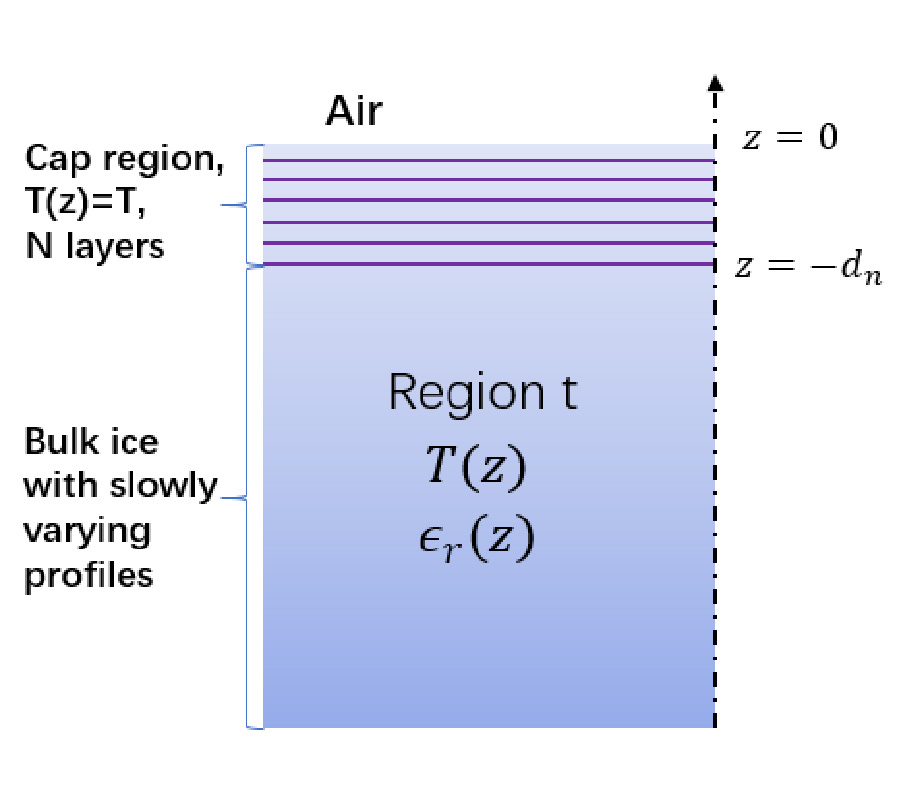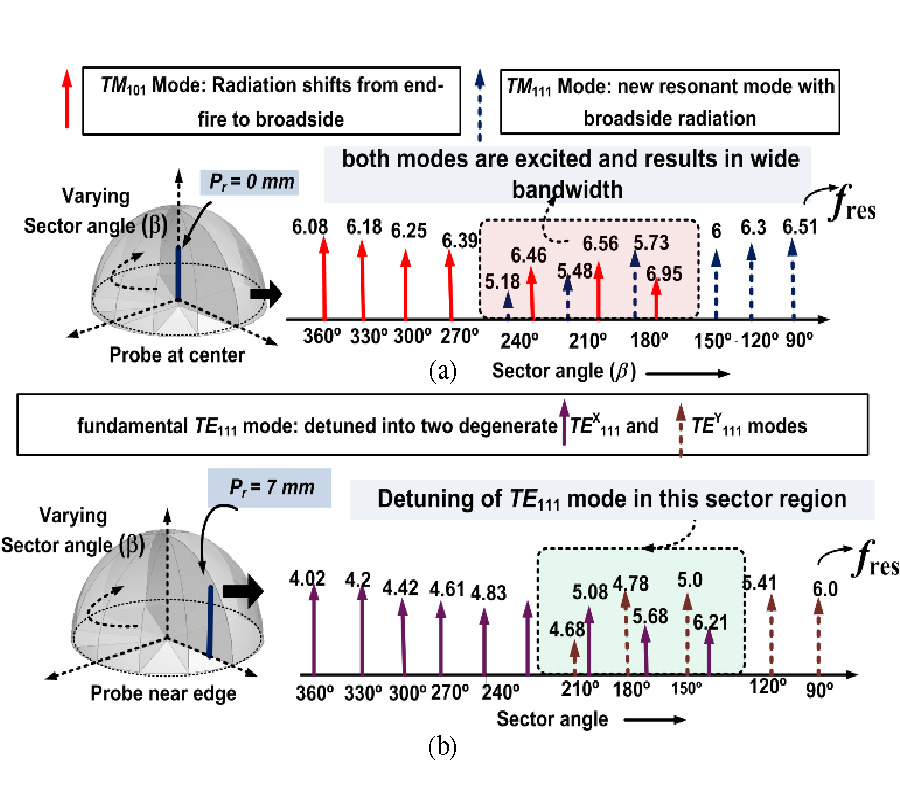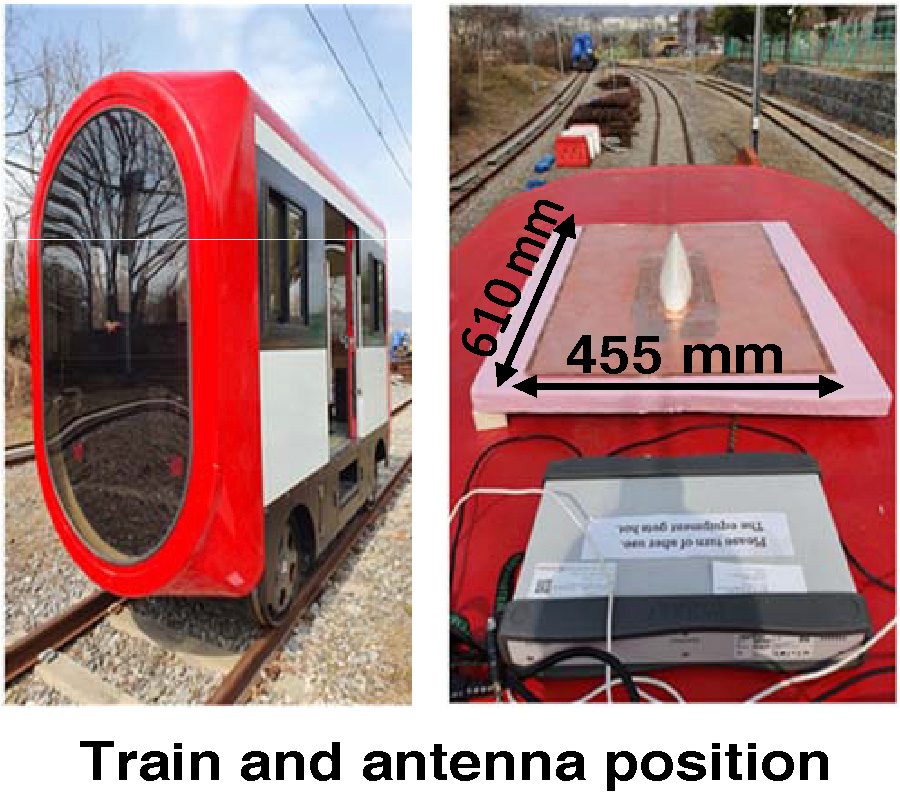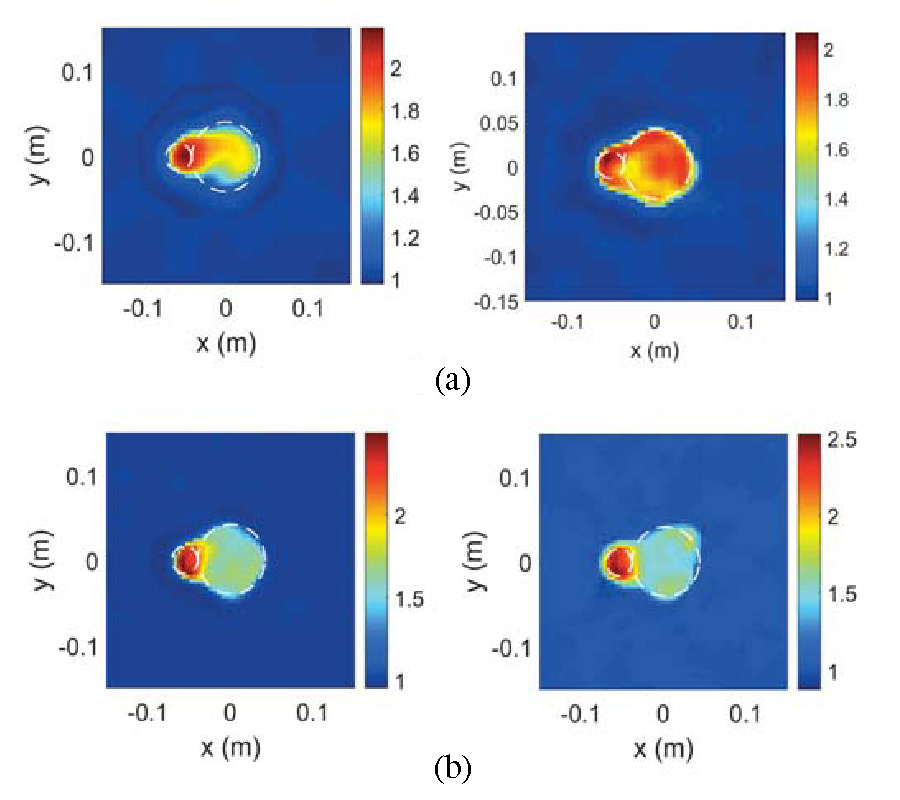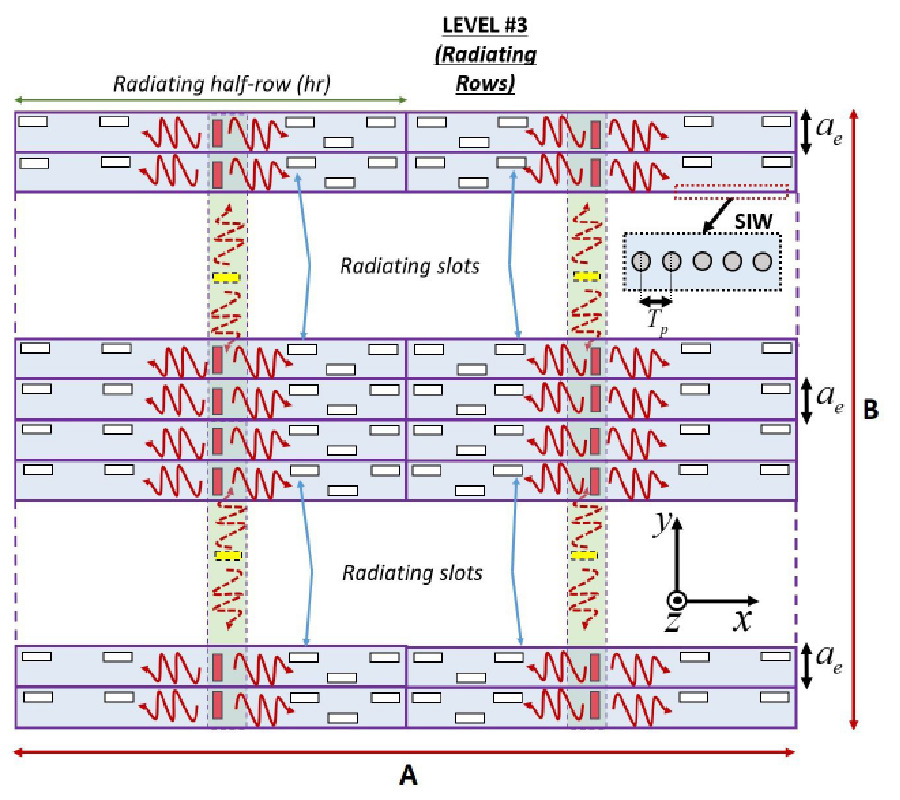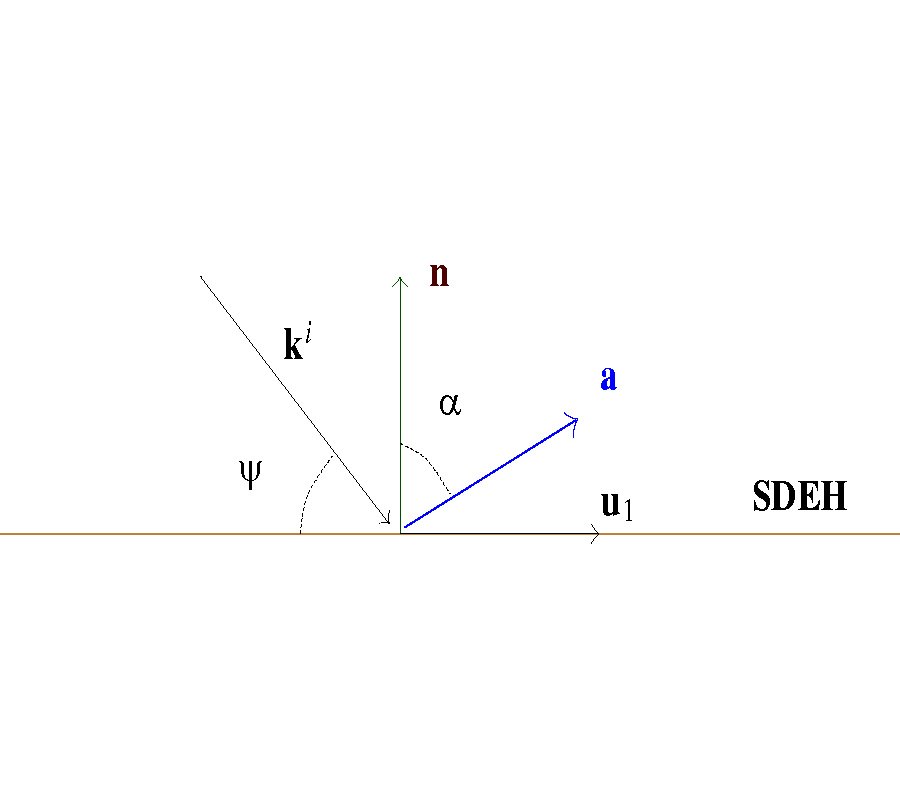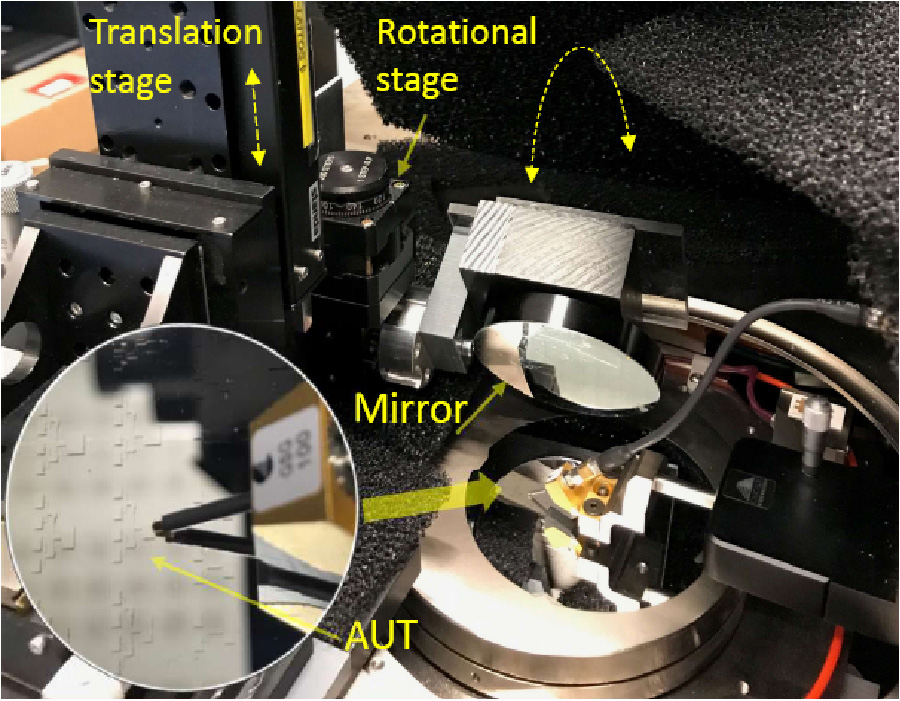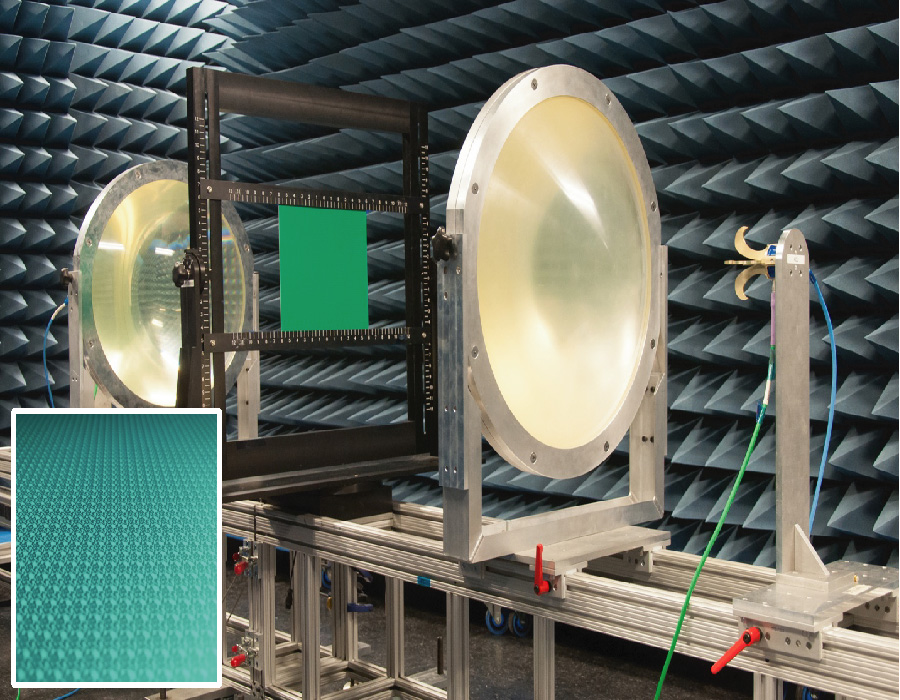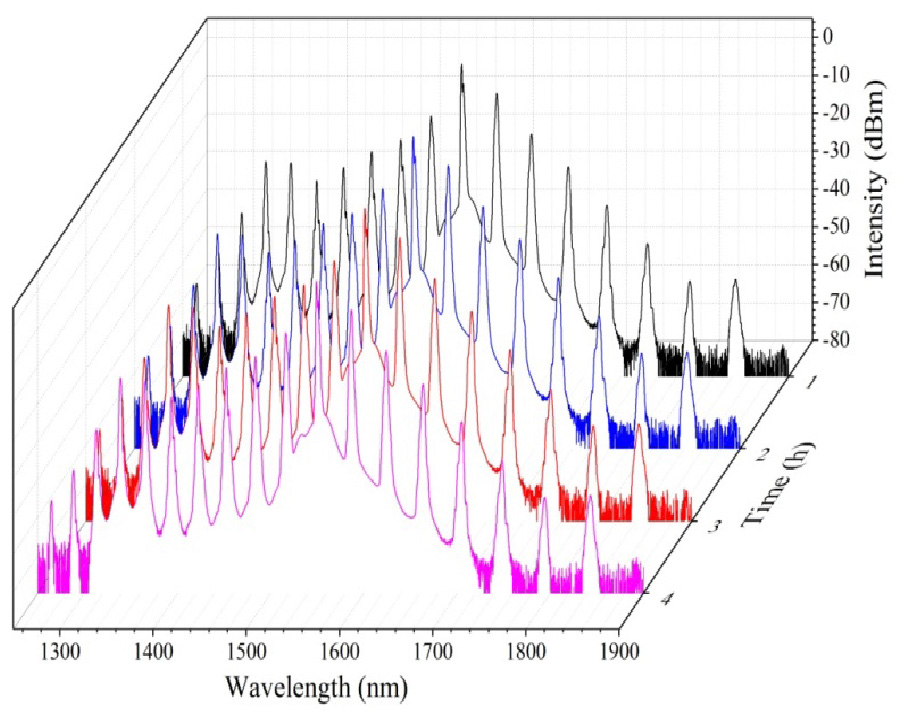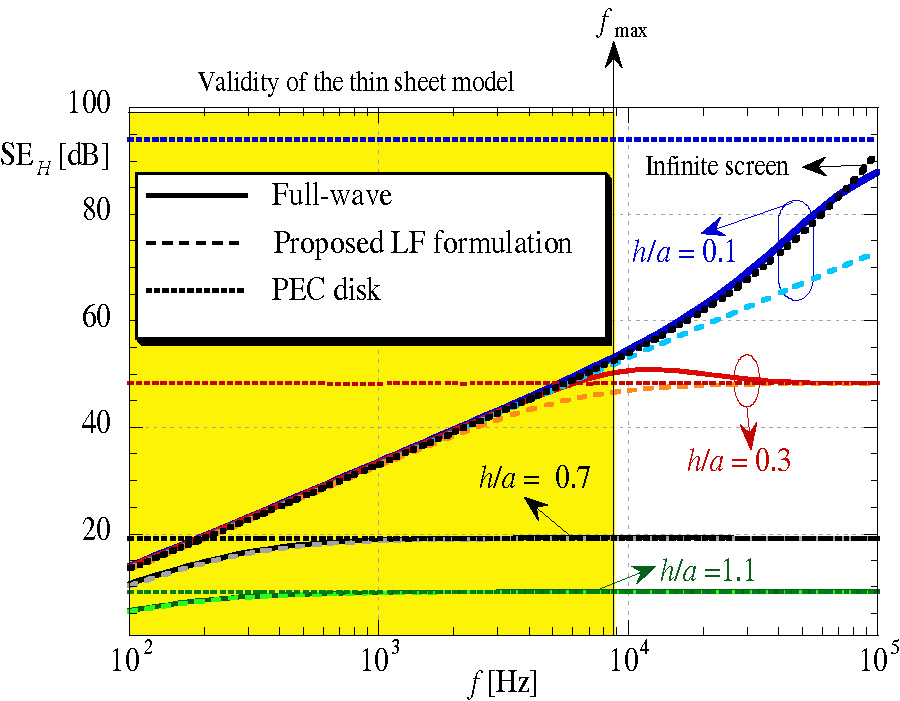Shielding of an Imperfect Metallic Thin Circular Disk: Exact and Low-Frequency Analytical Solution
Giampiero Lovat,
Paolo Burghignoli,
Rodolfo Araneo,
Salvatore Celozzi,
Amedeo Andreotti,
Dario Assante and
Luigi Verolino
The problem of evaluating the shielding effectiveness of a thin metallic circular disk with finite conductivity against an axially symmetric vertical magnetic dipole is addressed. First, the thin metallic disk is modeled through an appropriate boundary condition, and then, as for the perfectly conducting counterpart, the problem is reduced to a set of dual integral equations which are solved in an exact form through the application of the Galerkin method in the Hankel transform domain. A second-kind Fredholm infinite matrix-operator equation is obtained by selecting a suitable set of basis functions. A low-frequency solution is finally extracted in a closed form. Through a comparison with results obtained from a full-wave commercial software, it is shown that such a simple approximate solution is accurate up to the frequency where the surface-impedance model of the thin disk is valid.
